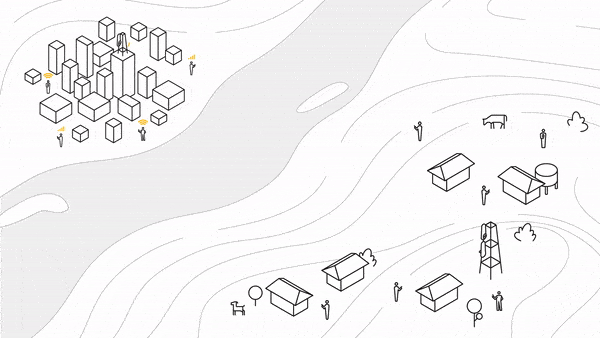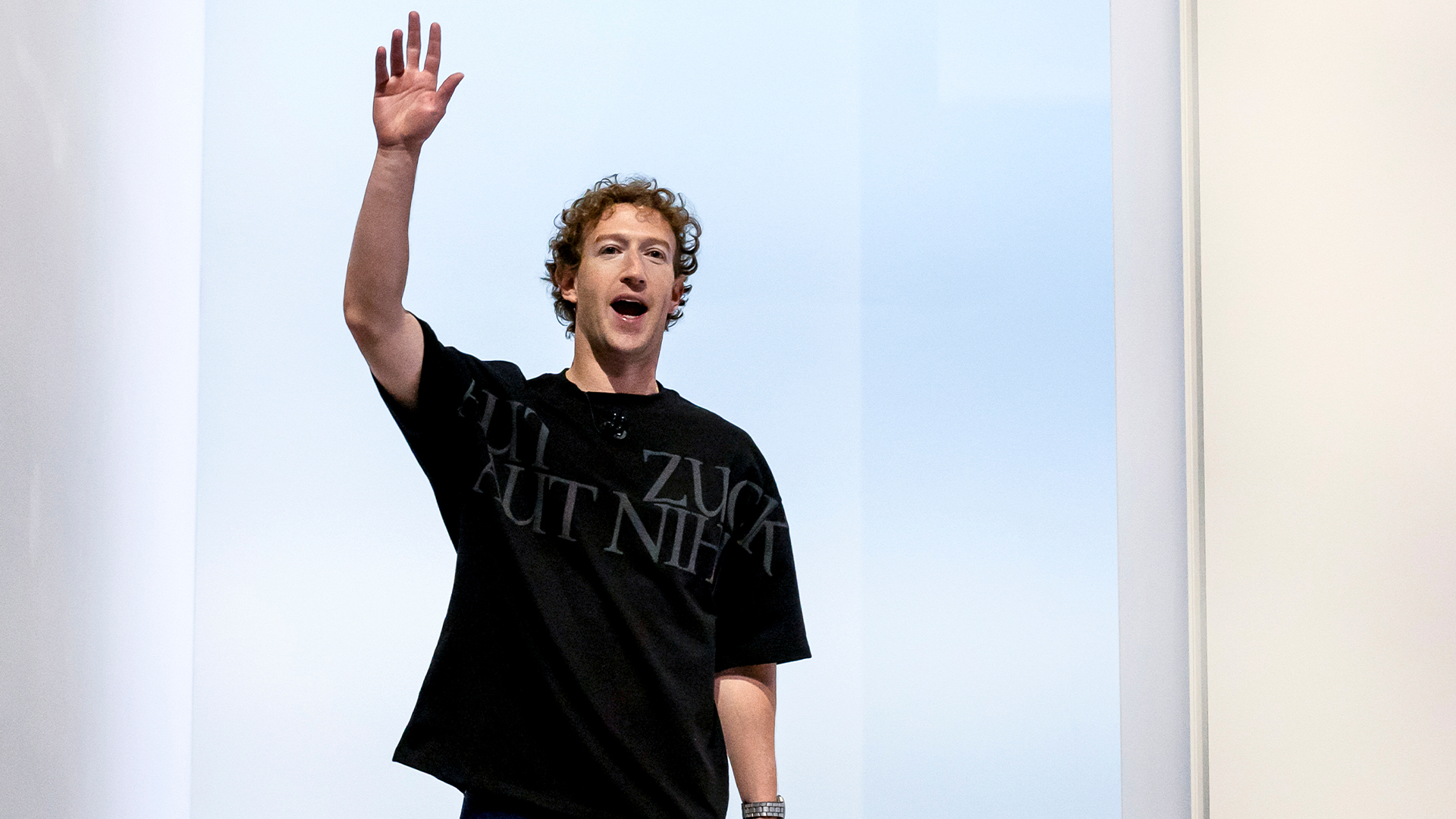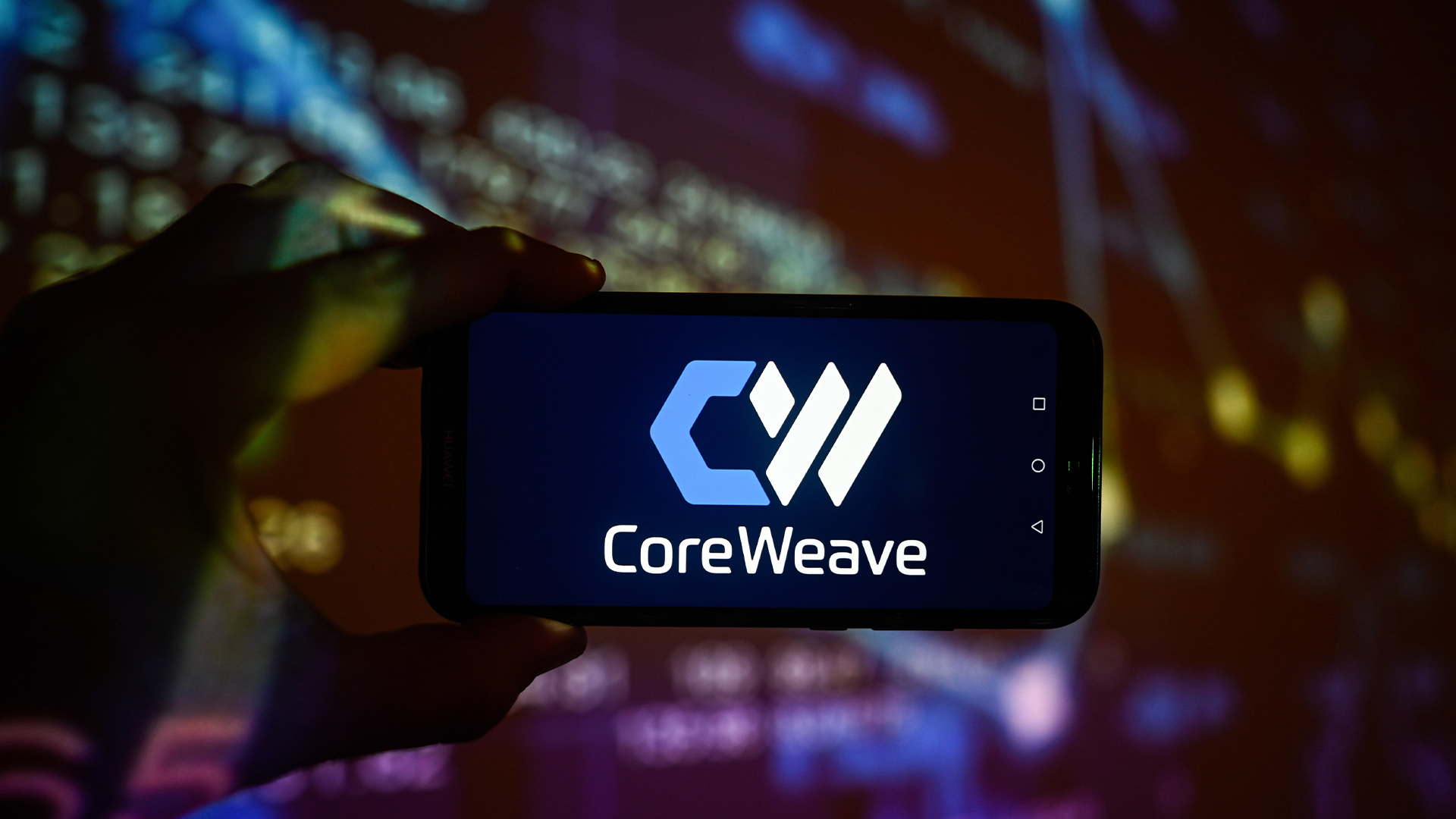Alphabet’s laser-powered broadband demonstrates 99.9% uptime within first 20 days
X, the Moonshot Factory trials ‘fibre without fibre’ across the Congo River with 700TB of data transmitted in its first few weeks


Alphabet subsidiary X, the Moonshot Factory claims its laser-based broadband service has supplied nearly 700TB of data within its first 20 days of operation, with 99.9% uptime.
Dubbed Project Taara, the network is powered by wireless optical communications (WOC) links which are based between Brazzaville in the Republic of Congo and Kinasha in the Democratic Republic of Congo. These sites are separated by 4.8km across the Congo River.
This laser-based network beams highly precise light signals between terminals and is based on learnings from a previous experiment in which X beamed lasers between stratospheric balloons.
The project aims to plug connectivity gaps and expand global access to fibre-like speeds in rural and poorer areas around the world, without the need for fibre cables.
Internet connectivity in Kinasha, the capital of the Democratic Republic of Congo, is currently five times more expensive than in Brazzaville, despite the relatively short distance between the two cities. This is largely because fibre cables need to be routed more than 400km around the river to reach Kinasha.
“Being able to deliver high-speed internet (up to 20 Gbps) most of the time is a vastly better option than having millions of people miss out on the benefits of connectivity,” said director of engineering for Taara, Baris Erkmen, “because the economics of laying hundreds of kilometers of cable in the ground simply don’t stack up.
“My team and I are delighted to be bringing these technical advances to the banks of the Congo River to help provide people in Brazzaville and Kinshasa with access to faster, more affordable connectivity.”
Sign up today and you will receive a free copy of our Future Focus 2025 report - the leading guidance on AI, cybersecurity and other IT challenges as per 700+ senior executives
The technology works much in the same way traditional fibre cables use light to carry data beneath the ground, with Taara using narrow, invisible beams of light to transmit signals over vast distances.
To successfully establish a link, Taara terminals search for each other, detect the other’s beam of light, and lock in like a handshake to create a high bandwidth connection.

These beams of light are roughly the width of a chopstick, according to X, and need to be accurate enough to hit a 5cm target that could be as far as 10km away.
This form of networking hasn’t traditionally been considered viable, because signal reliability is often compromised by adverse weather conditions such as fog or haze. Disruption might also be caused by birds flying in front of the signal.
RELATED RESOURCE

IT Pro 20/20: The end of the remote work dream
Issue 20 of IT Pro 20/20 examines whether a new industry policy to pay workers based on location is likely to catch on
X has worked to address some of these concerns in developing Project Taara. For example, it’s refined atmospheric sensing, mirror controls and motion detection so terminals automatically adjust to maintain a precise connection. By automatically adjusting to things like the amount of laser power being transmitted, the reliability of links has also greatly improved.
Although its developers admit places “like foggy San Francisco” may never be ideal for WOC, there are many places around the world with ideal weather conditions for Taara links.
The future of the project will therefore be driven largely by those areas around the world that have favourable weather conditions for more than 99% annual availability.

Keumars Afifi-Sabet is a writer and editor that specialises in public sector, cyber security, and cloud computing. He first joined ITPro as a staff writer in April 2018 and eventually became its Features Editor. Although a regular contributor to other tech sites in the past, these days you will find Keumars on LiveScience, where he runs its Technology section.
-
 Gender diversity improvements could be the key to tackling the UK's AI skills shortage
Gender diversity improvements could be the key to tackling the UK's AI skills shortageNews Encouraging more women to pursue tech careers could plug huge gaps in the AI workforce
-
 Researchers claim Salt Typhoon masterminds learned their trade at Cisco Network Academy
Researchers claim Salt Typhoon masterminds learned their trade at Cisco Network AcademyNews The Salt Typhoon hacker group has targeted telecoms operators and US National Guard networks in recent years
-
 Majority of English data centers use less water than a 'typical leisure center' as operators embrace new cooling methods
Majority of English data centers use less water than a 'typical leisure center' as operators embrace new cooling methodsNews England’s data centers are surprisingly efficient when it comes to water consumption
-
 ‘Too many organizations assume they’re more resilient than they actually are’ – UK firms are facing huge financial losses from IT outages and downtime
‘Too many organizations assume they’re more resilient than they actually are’ – UK firms are facing huge financial losses from IT outages and downtimeNews Many organizations are failing to put in place contingencies for IT outages and downtime, research shows
-
 Meta is working on a 5GW data center to supercharge AI infrastructure – and Mark Zuckerberg says one cluster alone ‘covers a significant part of the footprint of Manhattan’
Meta is working on a 5GW data center to supercharge AI infrastructure – and Mark Zuckerberg says one cluster alone ‘covers a significant part of the footprint of Manhattan’News Mark Zuckerberg detailed plans for a huge infrastructure investment program in a post on Threads earlier this week – here's what you need to know.
-
 So much for data sovereignty — AI infrastructure is dominated by just a handful of countries
So much for data sovereignty — AI infrastructure is dominated by just a handful of countriesNews Oxford researchers suggest AI infrastructure will decide a nation's global impact in the future, just as oil production has over the last few decades.
-
 ‘This is the largest AI ecosystem in the world without its own infrastructure’: Jensen Huang thinks the UK has immense AI potential – but it still has a lot of work to do
‘This is the largest AI ecosystem in the world without its own infrastructure’: Jensen Huang thinks the UK has immense AI potential – but it still has a lot of work to doNews The Nvidia chief exec described the UK as a “fantastic place for VCs to invest” but stressed hardware has to expand to reap the benefits
-
 Google shakes off tariff concerns to push on with $75 billion AI spending plans – but analysts warn rising infrastructure costs will send cloud prices sky high
Google shakes off tariff concerns to push on with $75 billion AI spending plans – but analysts warn rising infrastructure costs will send cloud prices sky highNews Google CEO Sundar Pichai has confirmed the company will still spend $75 billion on building out data centers despite economic concerns in the wake of US tariffs.
-
 Cisco wants to capitalize on the ‘DeepSeek effect’
Cisco wants to capitalize on the ‘DeepSeek effect’News DeepSeek has had a seismic impact, and Cisco thinks it has strengths to help businesses transition to AI-native infrastructure
-
 CoreWeave’s first two UK data centers are now operational
CoreWeave’s first two UK data centers are now operationalNews The company's European plans for this year also include new facilities in Norway, Sweden, and Spain